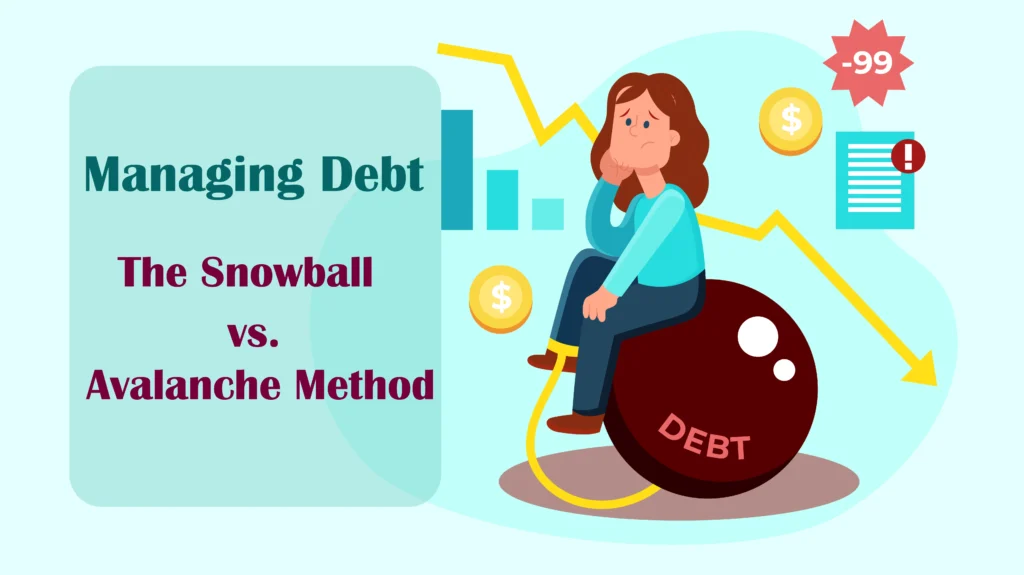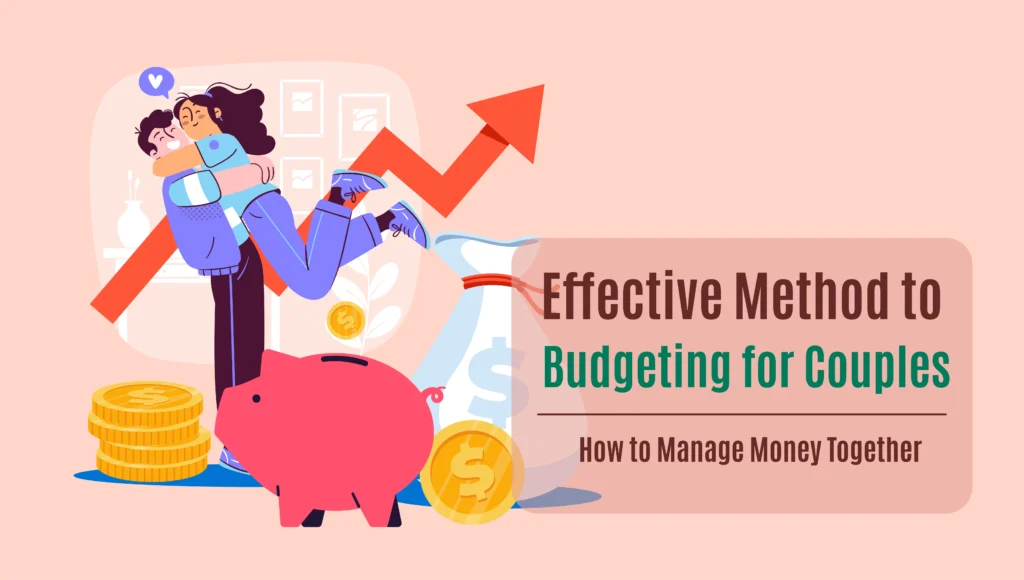How to Retire Early: 7 Steps for Financial Independence
Retiring early isn’t just a dream for the ultra-wealthy—it’s an attainable goal with the right strategy and discipline. More people are embracing the concept of financial independence, seeking to break free from the traditional work-life structure and enjoy life on their own terms. But achieving early retirement requires more than just saving money; it takes careful planning, smart investments, and lifestyle adjustments to reach your goal ahead of time.
In this article, we’ll walk you through how to retire early in 7 actionable steps. From budgeting and reducing debt to building passive income streams and managing investments, these strategies will help you design a financial plan that works. Whether you want to travel the world, pursue a passion, or simply enjoy more freedom, these steps will put you on the path to financial independence and early retirement.

Why Retire Early? Understanding the Benefits of Financial Independence
Retiring early doesn’t just mean freedom from work; it’s about gaining control over how you spend your time. Achieving financial independence allows you to live on your terms, whether that means traveling the world, starting a new hobby, or spending more time with loved ones.
More Time to Pursue Passions and Hobbies
When you’re financially independent, you’re free to focus on what truly matters to you. Early retirement offers the opportunity to:
- Travel: Explore new places without being confined to a few weeks of vacation.
- Pursue hobbies: Spend more time on hobbies like gardening, painting, or cooking, without worrying about work schedules.
- Volunteer: Give back to your community or work for causes you’re passionate about.
Health and Well-Being Benefits
Early retirement can have a positive impact on your mental and physical health. Leaving behind a high-stress job or a demanding career can reduce anxiety and burnout, and it provides you with time to focus on your well-being.
Reducing Stress and Improving Mental Health
Work-related stress is a common issue, and early retirement provides the opportunity to step away from that pressure. By removing the daily grind, you can focus on activities that enhance your happiness and well-being.
≫ Learn More: What Is the FIRE Movement? How to Retire Early
Key Principles for Achieving Financial Independence
Reaching financial independence and retiring early doesn’t happen overnight. It requires a commitment to saving, investing, and living below your means. The earlier you start, the more powerful these strategies become.
High Savings Rate
Save 50-70% of Your Income
One of the foundational principles of retiring early is saving a large portion of your income. While saving 50-70% of your earnings may sound extreme, it’s a key factor in achieving financial independence quickly. By prioritizing savings over unnecessary expenses, you can build wealth rapidly.
Living Below Your Means
Frugality and Minimalism
Living below your means is essential for saving a large percentage of your income. This often involves embracing frugality or minimalism:
- Cut back on discretionary spending: Reduce or eliminate non-essential expenses like dining out, luxury vacations, or expensive hobbies.
- Minimize housing costs: Housing is typically the biggest expense. Consider downsizing, renting out part of your home, or moving to a lower-cost area to save money.
- Avoid lifestyle inflation: As your income grows, avoid the temptation to increase spending. Keep your lifestyle modest so you can continue to save aggressively.
Strategic Investing
Compound Interest and Time in the Market
Investing wisely is critical to growing your savings and reaching financial independence. By taking advantage of compound interest, your investments can grow exponentially over time. The earlier you start investing, the more time your money has to compound.
Investing in diversified portfolios of stocks, bonds, and other assets allows your money to work for you, so you’re not solely relying on earned income. Consistent, long-term investing is the key to wealth accumulation.
Step-by-Step Guide to Retiring Early
Now that you understand the key principles behind financial independence, let’s dive into a step-by-step guide to retiring early.
Step 1: Define Your Financial Independence Goal
Before you can create a plan, you need to define what financial independence means for you.
Determine Your Desired Retirement Lifestyle
Consider what kind of life you want in early retirement. Do you plan to live a minimalist lifestyle with limited expenses, or are you aiming for a more luxurious standard of living? The lifestyle you choose will impact how much you need to save.
Estimate Your Annual Expenses in Retirement
Once you have a clear picture of your lifestyle, estimate your annual expenses. Include everything from housing and groceries to travel and healthcare. Being realistic about these numbers is crucial to accurately calculate your financial independence target.
Step 2: Set a Savings Target
With your expenses in mind, you can set a savings target that will allow you to retire comfortably.
The 25x Rule and 4% Safe Withdrawal Rate
A commonly used formula for early retirement is the 25x rule, which suggests saving 25 times your annual expenses. This figure gives you a solid goal for financial independence.
For example, if you estimate your annual retirement expenses to be $40,000, you’ll need to save $1 million (25 x $40,000). The 4% rule suggests that you can safely withdraw 4% of your savings each year without running out of money, making this a useful tool for estimating your retirement needs.
Step 3: Choose the Right Investment Accounts
Choosing the right investment vehicles is essential for growing your savings and taking advantage of tax benefits.
401(k)s and IRAs
Maximizing contributions to your 401(k) or IRA is a smart way to grow your retirement savings. These accounts offer tax-deferred growth, meaning you won’t pay taxes on your earnings until you withdraw them in retirement. This allows your investments to compound without the drag of taxes.
Roth IRAs
A Roth IRA offers tax-free withdrawals in retirement. You contribute post-tax dollars, but the earnings grow tax-free, and you won’t owe taxes when you withdraw the money. Roth IRAs are especially useful for early retirees who may want to access their savings before age 59½.
Taxable Brokerage Accounts
For early retirees, taxable brokerage accounts are critical. Unlike retirement accounts, you can withdraw money from a taxable account at any time without penalty. This flexibility makes it ideal for bridging the gap between early retirement and traditional retirement age.
Step 4: Invest for Growth
To ensure your savings grow over time, it’s important to focus on growth-oriented investments.
Low-Cost Index Funds and ETFs
Investing in low-cost index funds and ETFs (exchange-traded funds) provides diversified exposure to the stock market without high fees. These funds are a reliable way to capture market returns and build long-term wealth.
Dollar-Cost Averaging
A smart strategy for reducing risk is dollar-cost averaging, where you invest a fixed amount at regular intervals, regardless of market conditions. This reduces the risk of investing a large sum right before a market downturn and helps smooth out the ups and downs of the market.
Step 5: Focus on Reducing Debt
Eliminating debt is an important step before you retire early.
Pay Off High-Interest Debt First
High-interest debt, such as credit card balances, can derail your early retirement plans. Focus on paying off high-interest debt as quickly as possible to free up more money for savings and investments.
Step 6: Generate Passive Income Streams
Creating passive income streams can significantly accelerate your journey to financial independence.
Dividend Stocks and Real Estate
Investing in dividend-paying stocks and rental properties provides passive income, allowing you to earn money even after you stop working. This income can supplement your savings and reduce the need to rely solely on your investment portfolio.
Online Businesses and Royalties
Other passive income options include online businesses, royalties from books or music, or affiliate marketing. By diversifying your income sources, you increase your financial security and reduce risk.
Step 7: Plan for Healthcare Costs
Healthcare is one of the biggest expenses in retirement, and it’s especially important to plan for it if you’re retiring before Medicare eligibility at age 65.
Health Savings Accounts (HSAs)
If you have access to a Health Savings Account (HSA), use it as part of your retirement strategy. HSAs offer triple tax benefits: contributions are tax-deductible, earnings grow tax-free, and withdrawals for qualified medical expenses are tax-free. This makes them a great way to save for future healthcare costs.
COBRA, ACA, and Long-Term Care
If you’re retiring early, consider your healthcare options, such as COBRA (which allows you to continue your employer’s health insurance for a limited time), or the Affordable Care Act (ACA) marketplace. Additionally, look into long-term care insurance to protect your savings from the high costs of assisted living or nursing care.
Overcoming Challenges to Early Retirement
Achieving financial independence requires discipline and foresight, but there are common challenges that can stand in the way.
Avoiding Lifestyle Inflation
Living Modestly Even as Income Grows
Lifestyle inflation occurs when you increase your spending as your income rises. While it’s tempting to upgrade your lifestyle when you’re earning more, it’s important to resist this urge. Instead, continue to live modestly and direct the extra income toward your savings.
Managing Market Volatility
Preparing for Market Downturns
The stock market will inevitably experience downturns, but the key is to stay invested for the long term. A well-diversified portfolio can help you weather volatility and come out stronger in the long run. Resist the urge to sell during market dips and stay focused on your long-term goals.
Real-Life Examples of Early Retirement Success
Hearing stories of people who’ve successfully retired early can provide inspiration and valuable lessons. Here are two examples:
Case Study: Lean FIRE Example
John, a software engineer, retired at 40 by living frugally, saving 65% of his income, and investing in low-cost index funds. By embracing a minimalist lifestyle and focusing on experiences over material goods, he achieved Lean FIRE and now spends his time traveling and volunteering.
Case Study: Fat FIRE Example
Sara and Mike, a couple in their early 50s, reached Fat FIRE by saving aggressively and investing in real estate and the stock market. They retired early while maintaining a comfortable lifestyle, complete with frequent travel and a second home, thanks to their higher savings target and diversified income streams.
Is Early Retirement Right for You?
While early retirement offers many benefits, it’s not for everyone. Consider your goals, risk tolerance, and financial situation before committing to this path.
Assessing Your Risk Tolerance and Flexibility
How Comfortable Are You with Sacrifices?
Early retirement requires significant financial discipline and the ability to make sacrifices in the short term for long-term freedom. Ask yourself if you’re willing to make the lifestyle changes necessary to achieve this goal.
Building Flexibility Into Your Plan
Planning for Adjustments Along the Way
Life is unpredictable, and your financial plan should be flexible enough to handle unexpected changes. Whether it’s adjusting your savings rate, downsizing your lifestyle, or taking on part-time work, being adaptable will increase your chances of success.
Conclusion: Achieving Financial Independence and Retiring Early
Early retirement and financial independence are achievable for those who are willing to put in the effort and make strategic decisions. By saving aggressively, investing wisely, and living below your means, you can achieve the financial freedom to live life on your own terms. Start today by setting clear goals, building your savings, and creating a plan that works for you.
















